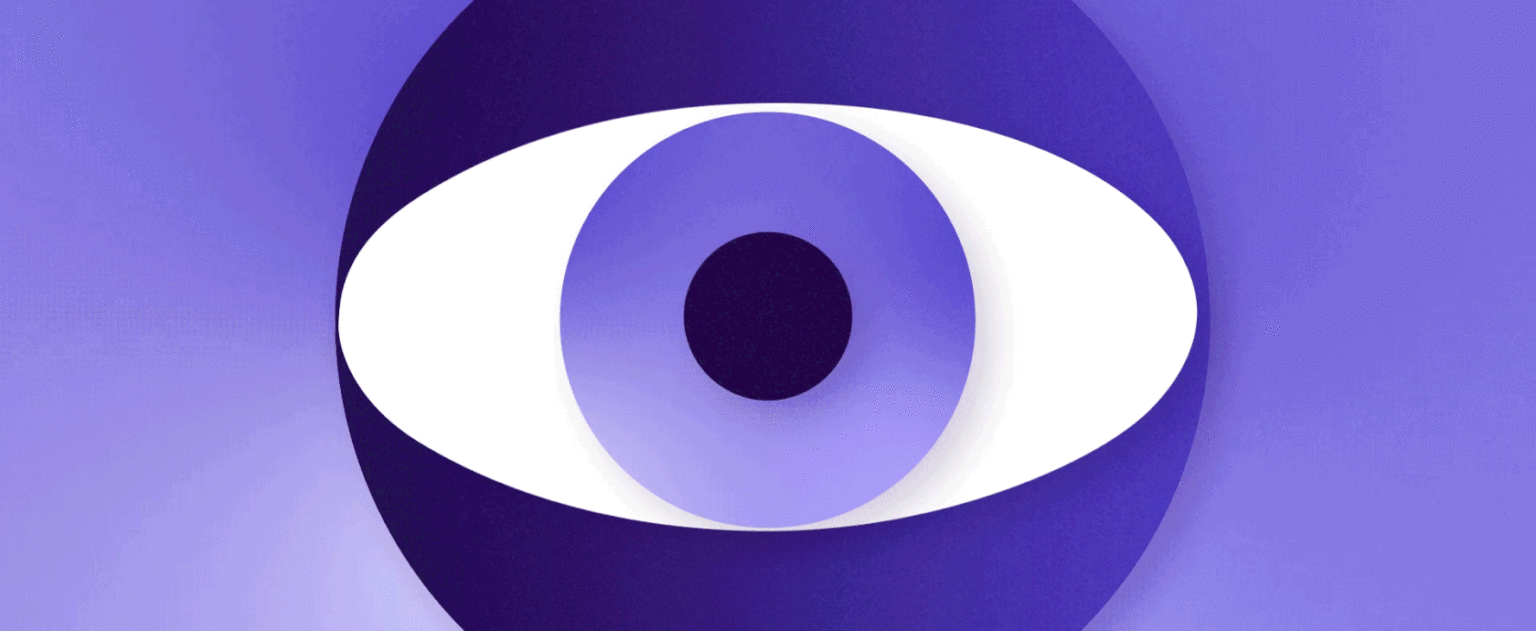Hundreds of work hours. Weeks of preparation. Alignment meetings, timelines, kanbans and all kinds of charts imaginable. Glossy agencies. Internal debates. Spotless ads with copy so crisp it teeters on Japanese Haiku symmetry. And the budget, BOY the budget. And for what? A fast-sinking campaign, a handful of sh***y leads, and zero conversions to show. But hey, those banners sure looked pretty!
The frustration is real. You look around, wondering what you missed. Was it the poor design? The insufficient data crunch? The wrong GTM strategy? Or worse: the product itself? In short, why are your campaigns not performing, despite all your efforts – or better still, how can you make the marketing campaigns more effective?
If you have ever found yourself in this situation, you’re not alone. The frustration of pouring countless hours and resources into a campaign, only to watch it fall flat. The feeling of being lost in a sea of data and analytics, trying to make sense of what went wrong. We get it.
But here’s the thing: the answer to these problems may be simpler than you think. In this article, we’ll share our take on what you can do to boost the effectiveness of your next marketing campaigns (spoiler: it will involve your consumers).
The changing landscape of Marketing campaigns
Let’s start with the usual suspects: our potential customers. In the Mad Men days of marketing, we could neatly categorize them into “Marketing Personas” based on their demographics or trust our gut feelings, because “We KnOw HoW pEoPlE wOrK”. But guess what? Those people, your consumers, are no longer cardboard cutouts.
Today’s consumers have evolved, and so have their preferences and behaviours. They’re savvier, more nuanced, more sceptical, and bombarded by thousands of ads (between 4,000 and 10,000 every day, according to a recent study). So, if you think your soulless high-budget campaign with the influencer of the hour is going to make them buy whatever you throw at them (we’re looking at you, Pepsi), think again.
Capturing the attention of your target audience is the first challenge you’re going to face, and dangling some shiny ads in front of them like a bunch of kids high on sugar is not going to cut it. You need to talk their language and, most importantly, understand what needs, pains and values make them tick and why. In short, you need to do your research homework.
Quantitative Insights: Are they enough?
Now, don’t get us wrong. Quantitative analysis and A/B testing are essential to understanding your audience, creating better ads, and improving your marketing game. As any good Growth Marketing person would tell you, hard numerical data provides creatives with valuable insights into what works and what doesn’t. But here’s the kicker: hard data can only tell part of the story.

So, let’s break down the tools any good campaign slinger should have in his/her holster… and explain why they’re still not enough.
- Quantitative Analytics Tools. Digital performance marketing tools like GA, Google Ads, LinkedIn Campaign Manager or Meta for Business can tell you how your digital campaign is going, which ads work, and which dont’s.
- A/B Testing. Want to see how different ads, landing pages, CTA or other marketing collateral would work against one another? A/B testing helps you learn what elements and optimizations impact user behaviour the most.
- Quantitative Survey Tools. Ever used heat mapping, polls and countless other quantitative testing techniques to have a finger on your campaign pulse? Quantitative survey tools are instrumental in exploring consumer behaviour, defining user journeys, and building amazing customer experiences.
Now, would you say a mix of these is enough for your campaigns to succeed? Think about it: have you learnt why your audience prefers certain ads over others, or why certain elements work better on your landing pages? Have you discovered the reason why they are/are not attracted by your messages? Best case, you have barely enough insights to make an educated guess. So, what are you missing? In case you haven’t paid attention to our not-so-subtle word spamming, you are missing the why.
The missing link: Qualitative consumer insights
Here’s the key that will transform those campaign eye-rolls into eyeballs: qualitative consumer insights. These insights are extracted by observing your audience interact with your campaign ideas, concepts and assets and by hearing their out-loud comments and observations.

Qualitative insights are key to understanding the motivations behind your consumer’s pains, needs, and behaviours. By mixing them with your traditional quant-driven consumer research portfolio, they will help you plunge deep into the minds of your target audience.
Getting these insights is instrumental in sparking new ideas, influencing or validating existing campaigns, or learning how to improve future ones. In business terms, qualitative insights will convert into sharper marketing campaigns, shorter development time, fewer internal debates, and higher customer conversion rates.
The fault(s) in traditional Consumer insights
Now, you may be thinking, “Great! But traditional qualitative studies like focus groups take forever and cost an arm and a leg.” And you would be right but for one small detail! Traditional qualitative research is indeed slow, expensive, and requires a whole team of experts to navigate through its complex process.

However, the rise of AI in consumer insights and AI-powered insights providers has democratised access to qualitative insights, making them cheaper to acquire, faster to produce, and more understandable to a non-expert eye. We’ve written a separate article on this topic, which you should definitely check out!
Speaking of which, at GetWhy, we have spent the past four years building a proprietary generative AI. The key to its success is a digitalised dataset of 100,000 qualitative studies that we have conducted in the past 10 years. Our data is proprietary, meaning that companies do not have to worry about open-source sharing of their data, which has proven to be a big discussion point for big enterprises when it comes to using AI. Want to learn more? Book a demo here.
With the no-small caveats of time and cost solved, you’ve got to ask yourself two questions: When can you add consumer insights in your campaign development process, and how often should you lean on your audience feedback?
Insights: Not just a late validation tool
Contrary to popular belief (and, unfortunately, to what some insights platforms claim), qualitative consumer insights should not be used just as a last-minute validation tool, and for two reasons.
- Sheer convenience. Picture this: you have created your marketing campaign, worked long and hard on your assets, and are ready to push the “publish” button. Granted, bringing in your audience at this stage can get you some validation, but what if your campaign is completely off? That’s your time and money down the drain…Circling back to our Pepsi example, here’s one brilliant SNL skit showing how NOT to gather consumer insights at the 11th hour.
- Wasted potential. Qualitative insights have the power to spark new ideas by uncovering unique perspectives that fuel innovative strategies and captivating campaigns. Furthermore, insights can influence existing marketing ideas, refining messaging and design as they are under development. Finally, they can validate marketing collateral throughout development, ensuring messaging is impactful and resonates with your target audience, and giving you full confidence as you iterate them.
Insights: More than a one-off gig
How often should you rely on your consumers for feedback? According to Forrester, insights-driven businesses with advanced capabilities are 8.5 times more likely than their beginner counterparts to report annual revenue growth of 20% or more (24% vs. 3%).
Does this mean “Test everything, just for the sake of testing”? No! Rather, it means you should be strategic in the way you test. Here are a few tips on how to get the most out of your qualitative testing efforts.
- Start high, and get down to details later. Why test a single ad of an already defined marketing campaign, when you could test your whole campaign concept early on? The earlier you test high-level concepts, the more likely you are to spot misalignments between your marketing campaign and your consumers. This enables you to validate/influence/correct your entire campaign; not just one collateral.
- Test. Iterate. Repeat. Testing once will help you, but true insights magic sparks when you adopt an iterative approach to slowly fine-tune your campaign until it rings true with your audience.
- Create an enterprise-wide consumer understanding. Don’t keep your consumer insights siloed within your team, or your consumer understanding journey may be short-lived. When you have insights from your target audience – especially if captured on video – you must share them across teams, your boss, and your boss’s boss. This will help them see your consumers, hear their thoughts, and create a real customer-centric company culture.
Wrapping up…
The world of advertising is ever-changing, but you don’t have to drown in frustration. By embracing consumer insights and adopting a fresh, down-to-earth approach to ad creation, you can turn those eye-rolls into eyeballs.
So, if your campaigns are leaving you puzzled, it’s time to embrace the power of consumer understanding. By leveraging qualitative insights and integrating them into your quantitative marker research efforts, you can elevate your campaigns, capture your audience’s attention, and steer your brand towards lasting success. Remember, true marketing magic happens when we truly listen to our customers and let their insights guide our journey to excellence.

